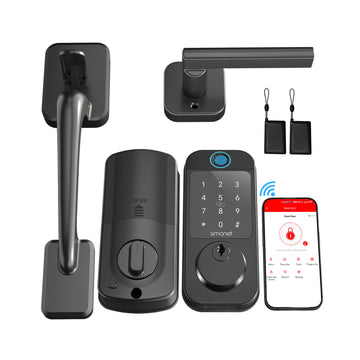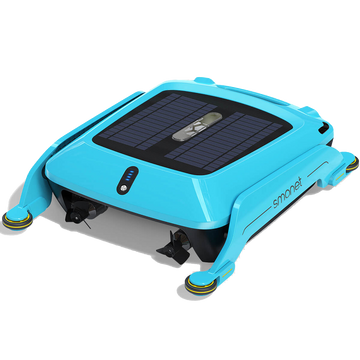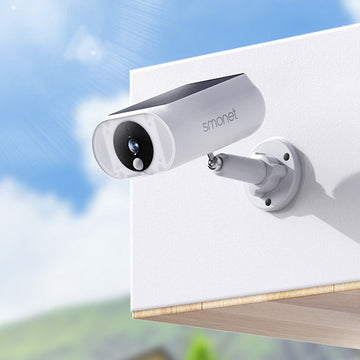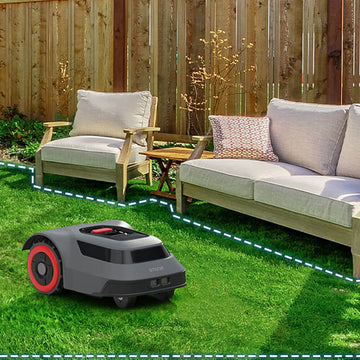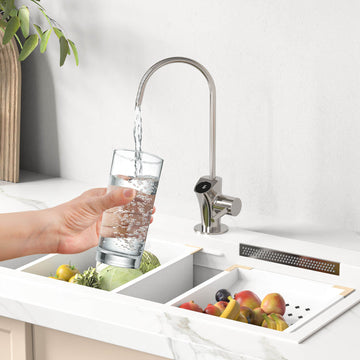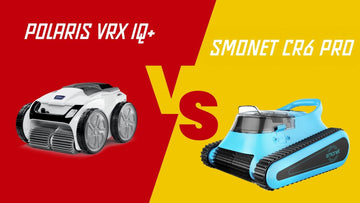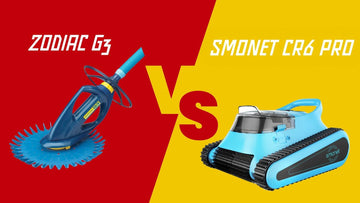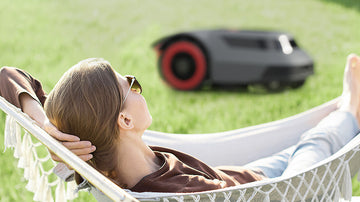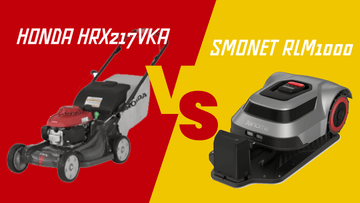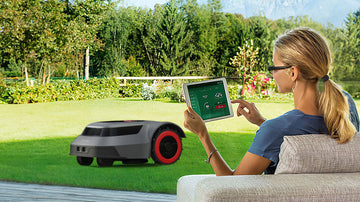An automated lawn mower is your personal gardener, silently toiling away to keep your grass trimmed effortlessly. Operating within a designated perimeter set by boundary wires, these wonders of technology are adept at maintaining your lawn without constant supervision. They're a product of sophisticated engineering, designed to make lawn maintenance as hands-off as possible.

As leading suppliers of yard equipment, we are very familiar with automatic lawn mowers including how they work and how to choose an automated lawn mower. Read on to learn more about automatic lawn mowers with our comprehensive guide.
How Do Automatic Lawn Mowers Work?
- Navigation and Mapping:These modern marvels are not just about whirring blades; they come equipped with sensors and GPS technology. Initially, setting up boundary wires to outline the edges of your lawn is essential. These wires guide the mower and keep it within the desired area. Some of the more advanced models go a step further, capable of creating a digital map of your domain to navigate more efficiently and dodge obstacles with ease.

- Scheduled Mowing:The beauty of technology is its ability to adapt to our schedules. Programming your robotic lawn mower to run at specific times ensures your lawn is consistently maintained. This feature is a godsend for keeping your lawn uniformly trimmed, with little to no effort from you.
- Cutting Mechanism:Below the surface, sharp blades spin to cut the grass. The flexibility to adjust the cutting height lets you have the final say on the aesthetics of your lawn. Equipped to move in either a random or strategic pattern, these electric lawn mowers ensure even coverage, sidestepping the risk of wear patterns.

- Safety Features:Built with several safety features, these mowers include lift and tilt sensors that halt the blades if the mower is lifted or tips over. The addition of obstacle detection allows it to navigate or stop for any unexpected impediments in its path..
- Self-Charging:Operating on battery, these mowers dutifully return to their charging stations once the power dwindles, readying themselves for the next round of work without any nudging from us.

How to Choose An Automated Lawn Mower?
Picking the right automated lawn mower isn't just about the bells and whistles; it's about what fits your lawn's specific needs. Do you have a sprawling estate or a cozy backyard? Are there any obstructions or is it a clear run? Answering these will guide you to the perfect match, ensuring your lawn remains the envy of the neighborhood, all with minimal effort on your part.
- Mowing Location Considerations: Ensuring there's an accessible power outlet is crucial for operating an automated lawn mower, however, you might also find the need for an extension lead to ensure full coverage of your lawn's expanse. For lawns that extend to walls, fences, or raised flower beds, opting for a model capable of cutting close to these edges is advisable. If not, acquiring a grass trimmer for those finishing touches could be necessary.

- Choosing the Right Mower Size: The efficiency of your mower is largely dictated by its cutting width. Larger cutting widths mean faster mowing times but come with the caveat of increased weight and bulk, making them less nimble around obstacles like trees or garden furniture. Therefore, broad cutting decks are recommended for vast stretches of grass, whereas smaller units are more suited for intricate lawns with lots of edges and obstacles.
- Safety Measures: The presence of an electric cable presents a potential hazard, particularly the risk of tripping or accidentally severing the cable during mowing activities. Select a model featuring a vividly colored cable for visibility and consider using a cable relief clip to secure it away from the blades. Always prioritize safety by employing an RCD (Residual Current Device) when connecting your mower to an electrical source. Alternatively, consider the safer, cordless automated lawn mower options available.

- Storage Solutions: Many automated lawn mowers are designed with convenience in mind, featuring handles that can be adjusted or completely collapsed for storage. This compact design is helpful if the mower needs to be transported or stored in tight spaces. Take note of the mower’s weight and whether it includes carrying handles to assist with moving it to storage areas, such as shelving units or elevated platforms.

